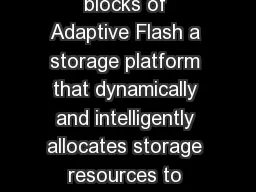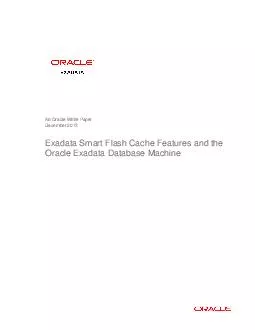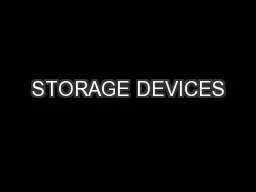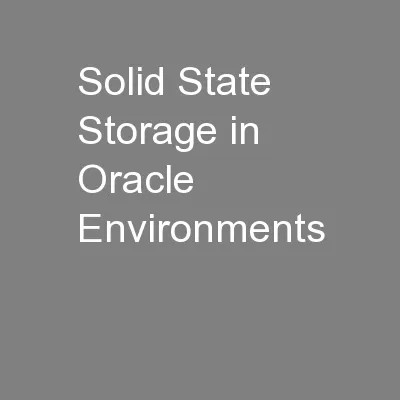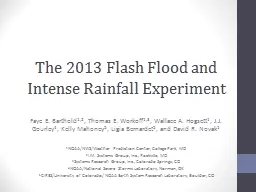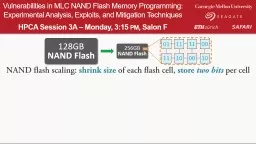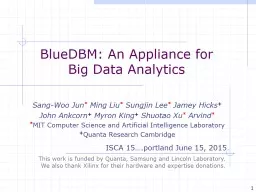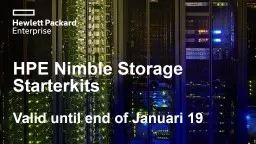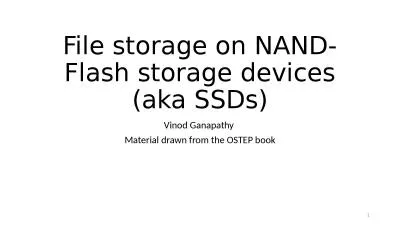PPT-Flash storage
Author : myesha-ticknor | Published Date : 2017-10-06
COS 518 Advanced Computer Systems Lecture 8 Michael Freedman 2 Operation HDD Performance Sequential Read 176 MBs Sequential Write 190 MBs Random Read 4KiB 0495
Presentation Embed Code
Download Presentation
Download Presentation The PPT/PDF document "Flash storage" is the property of its rightful owner. Permission is granted to download and print the materials on this website for personal, non-commercial use only, and to display it on your personal computer provided you do not modify the materials and that you retain all copyright notices contained in the materials. By downloading content from our website, you accept the terms of this agreement.
Flash storage: Transcript
Download Rules Of Document
"Flash storage"The content belongs to its owner. You may download and print it for personal use, without modification, and keep all copyright notices. By downloading, you agree to these terms.
Related Documents



